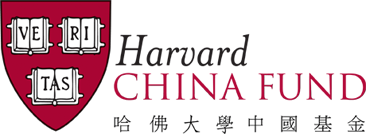
Our latest contribution to the study of early Cambrian exceptionally preserved euarthropods from the Chengjiang biota is now available in Current Biology. We investigated the head organization of small juveniles (5 to 7mm long) of the great appendage euarthropod Leanchoilia illecebrosa through microCT. Our results show the head organization of Leanchoilia in unprecedented detail, including the precise location of the eyes, the para-oral position of the great appendages, and critically, the presence of a labrum associated with the posterior-facing mouth. The labrum of Leanchoilia allows us to falsify competing hypothesis about the segmental origin of the great appendages, and its inconspicuous nature explains why it has been historically difficult to observe this important feature in compressed macrofossils. More broadly, Leanchoilia's reduced labrum supports the affinity of great appendage euarthropods as relatives of chelicerates, including modern horseshoe crabs, scorpions and spiders. We thank the Harvard China Fund for supporting this work.

Video. Three-dimensional tomographic model of the head of a 7-mm-long Juvenile of Leanchoilia illecebrosa (YKLP 11422), with great appendages digitally removed.

